Sake Brewing by Ochiai Shuzo Brewery
- RawPotatoes
- AboutGreen Manure Cultivation
-
Process
タブ内容を展開する(公開サイトには表示されません)
タブ1(公開サイトには表示されません)
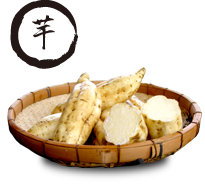
Kogane-Sengan
Kogane-Sengan sweet potatoes have traditionally been used as the main ingredients of Imo Shochu. Having high starch content and flaking softly when steamed, these potatoes are ideal for brewing shochu. Since Ochiai Shuzo only uses potatoes cultivated by the “green manure” method, they have minor moisture content and a firm body.
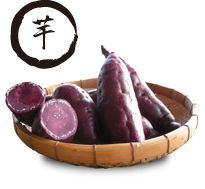
Murasaki Masari
Murasaki Masari is a purple potato that contains a lot of anthocyanin and polyphenols. It has a deep purple color on both the outside and inside and a relatively high starch content, which makes it suitable for brewing shochu. The mash produced during fermentation has a distinctively sweet aroma reminiscent of berries. Potato shochu made from Murasaki Masari potatoes is finished with a distinctive luster and color.

Benikirara
Benikirara is a type of potato that we jointly developed with our contract farmers. It is a mutated variant of Kogane-Sengan, but contains more carotin.It is slightly sticky in feel and has low starch content, but it has a gentle sweetness and is also suitable as an ingredient for making Japanese sweets.
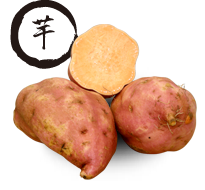
J-Red
J-Red contains a lot of beta-carotin and has bright orange skin and flesh. Having high moisture content, it has conventionally been used for making juice but is not suited to brewing. However, shochu that is made using these potatoes has a distinctly soft but fruity aroma.
タブ1 終わり(公開サイトには表示されません)
タブ2(公開サイトには表示されません)
When our contract farmers finish harvesting potatoes, they plow the residual potato leaves and runners back into the ground. Then, they plant and grow oats (Avena sativa) and plow the fields again. After that, they plant sunn hemp (Crotalaria juncea) and plow that into the ground after it has flowered.
“Do not bring anything into the fields; do not take anything out”
Our potatoes are cultivated using only fertilizer that is grown in the fields.

※Oats (Avena sativa) are effective for limiting root rot nematodes (Platylenchus spp.).
※Sun hemp (Crotalaria juncea) draws in carbon dioxide gas through photosynthesis and produces nitrogen and nutrients by utilizing bacteria (root nodule bacteria) attached to the roots.
※Farmer’s expertise. While judging the state of growth of oats and sunn hemp, they plow the fields in such a way as to ensure that the green manure is spread over the entire area. If it seems that the amount of green manure will become too excessive, it is adjusted by planting radishes (roughly once every three years). (Radishes absorb so many nutrients from the soil that continuous cropping is impossible).

Following the potato harvest, because green manure plants are always growing in fields, there is less weed growth, which makes it possible to limit the use of agricultural chemicals. Moreover, because the green manure fibers mix with the soil, the soil becomes better drained and firmer, and there are hardly any cases of soil (nutrients) being washed away by torrential rains. The potatoes that are cultivated in this way by maximizing the forces of nature have lower water content and become denser and firmer.
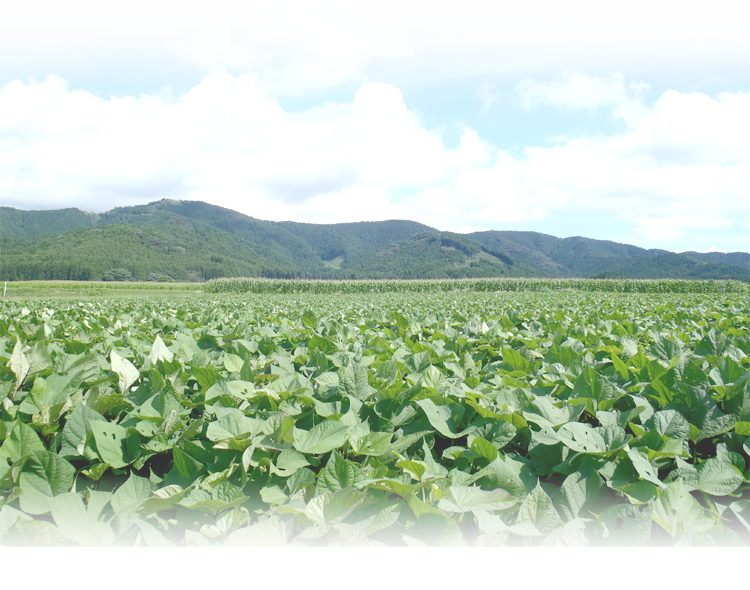
タブ2 終わり(公開サイトには表示されません)
タブ3(公開サイトには表示されません)
Ochiai’s Brewing
Since its founding 100 years ago, Ochiai Shuzojyo has displayed particular care when selecting raw materials for its shochu brewing. The brewery is situated in a basin surrounded by mountains, and it uses the delicious, clear waters of the Kagamizu River to make the first mash in traditional “Sangoku (540-liter)” pots. The brewery is careful about the ingredients it uses, making sure to use only materials produced in Japan, while it only uses potatoes purchased from one contract farmer. Customers can rest assured in the knowledge that only the very best ingredients are selected.
1
Step 1:Koji (rice malt)
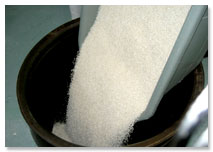
Steamed rice and seed malt are used to make the koji (rice malt). The brewery adopts the Sohaze (koji growing to cover the whole surface of a grain) approach and strives to make koji with high oxygen content and good separability. Shochu made using such koji has a solid and full-bodied flavor but feels soft and gentle as it passes down the throat.
2
Step 2:First mash
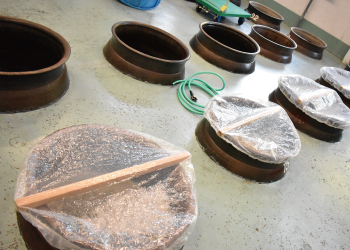
Yeast and water are added to the koji to make the first mash. Over 100 years since its founding, Ochiai Shuzojyo has used traditional “Sangoku” pots that were made between 200-400 years ago for this process. The pots are 80% buried in the ground, making them less vulnerable to changes in the external temperature and allowing stable fermentation to occur. As a result, it becomes possible to fully utilize the enzymes produced by the koji.
3
Step 3:Second mash
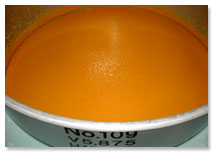
Six days later, steamed potatoes and water are added to prepare the second moromi mash. Again, the preparation takes place in buried tanks, and stirring is kept to a minimum to let the mash ferment in its own good time.
4
Step 4:Distillation
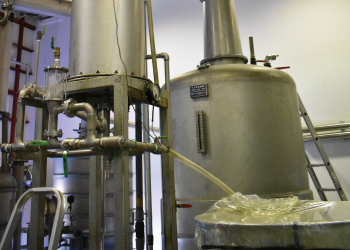
Six days later, steamed potatoes and water are added to prepare the second moromi mash. Again, the preparation takes place in buried tanks, and stirring is kept to a minimum to let the mash ferment in its own good time.
5
Step 5:Aging
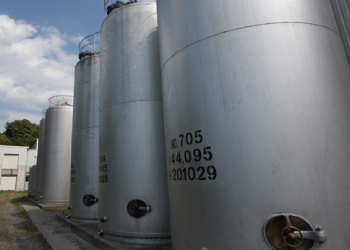
If shochu is stored appropriately for an extended period, its flavor slowly matures. Freshly distilled shochu contains carbon dioxide gas, which gives it an obtrusive flavor. After one year, the taste becomes less obtrusive and more rounded, and the shochu starts to take on its distinctively gentle and soft aroma.
6
Step 6:Bottling and shipping

Ochiai Shuzojyo only ships products after letting them mature for a minimum of two years, even in the case of products not intended to be well-cured. This is because we believe that letting shochu age for this amount of time is necessary for realizing the aroma, taste, and softness as it slides down the throat that is necessary for deliciously enjoying shochu as an accompaniment to meals.
には表示されません)
ここまで
(公開サイトには表示されません)